So I'm tearing down this hair dryer for a school project where I need to make it have variable heat and variable motor speed which can be controlled through an Arduino. I'm currently looking at where I would need to replace the switch and resistor with a rheostat, but just after the switch and resistor, there's an SF169E thermal fuse that is only rated for 10 amps. However, the hairdryer is supposed to be rated for 1875 watts. 10 amps and 125 volts translates to 1250 watts, so where would the other supposedly 625 watts be going?
The hairdryer is a Conair 1875 156QI. I couldn't find a wiring diagram so I made one myself. I know it's not great, and the resistances are made up, but here it is:
Thanks for your help!
